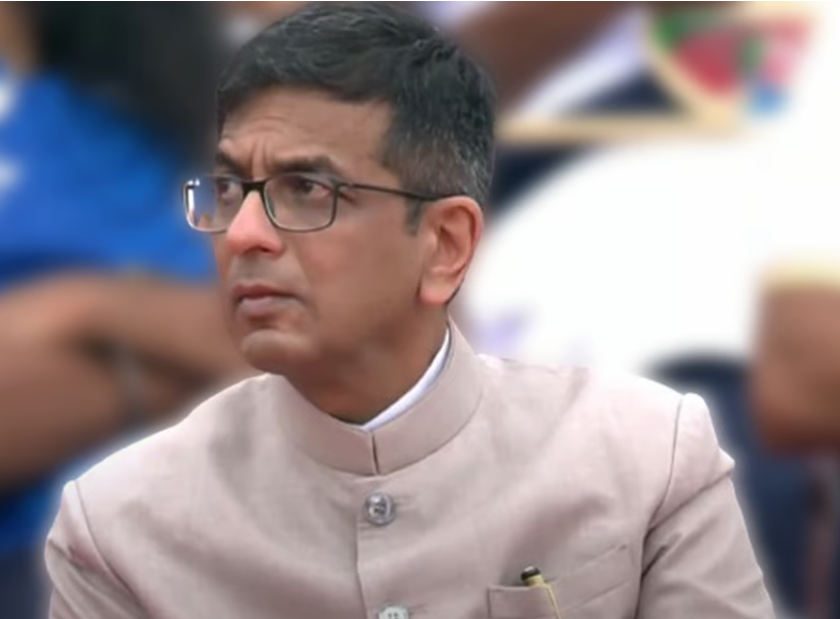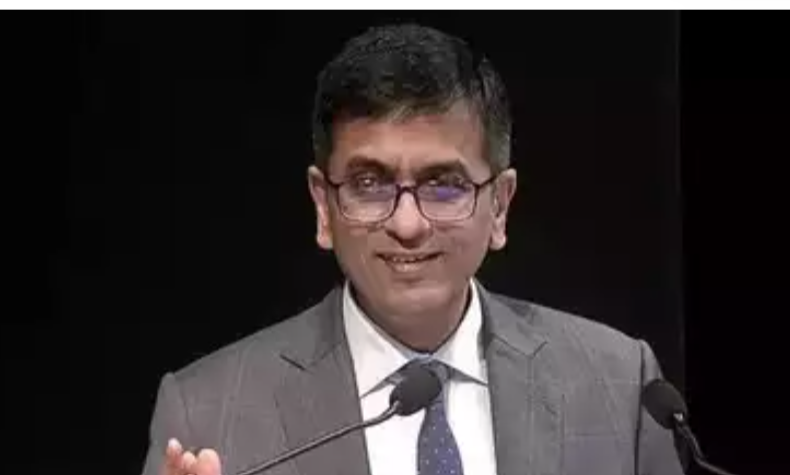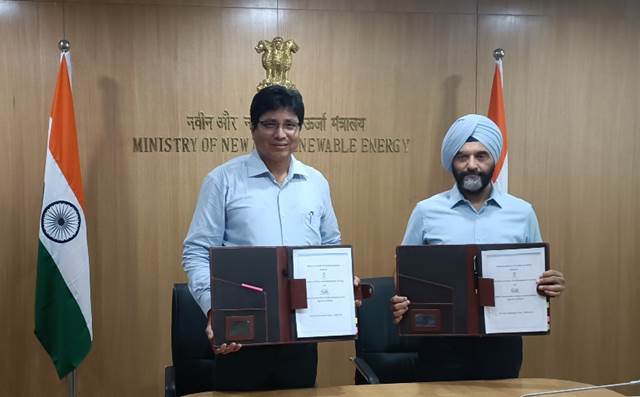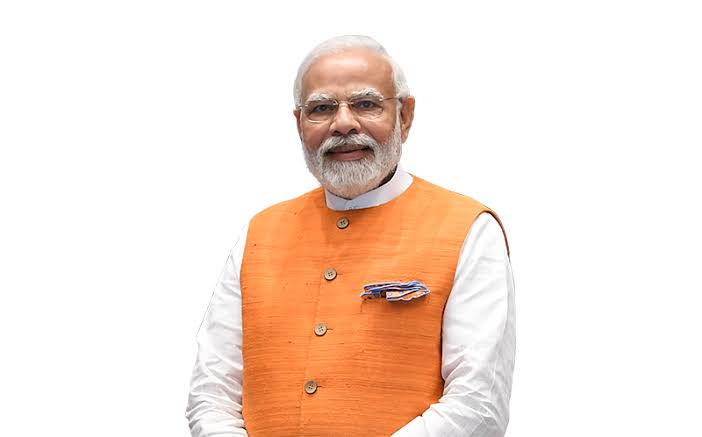Chief Justice D Y Chandrachud highlighted the impressive 95% case disposal rate achieved by district courts, despite operating with 30% judicial vacancies. Addressing the national conference of district judiciary to celebrate 75 years of the Supreme Court, the CJI emphasized the urgent need to address the massive backlog of 4.5 crore cases.

To tackle this issue, Chandrachud proposed implementing the All India Judicial Services (AIJS), a national framework aimed at expediting the recruitment process and reducing case pendency. He noted that the current judicial personnel vacancies at the district level stand at 28%, with non-judicial staff vacancies at 27%. The challenge lies in ensuring that court operations meet or exceed their capacity to handle cases efficiently.
“The time has come to consider national integration by recruiting judicial officers beyond regional and state-based selections,” Chandrachud said. Although the AIJS proposal, introduced in 2015, has seen limited adoption—with only Haryana, Mizoram, Tripura, and Sikkim expressing support—Chandrachud argued for its broader implementation to streamline judicial appointments.
Addressing gender inclusivity, Chandrachud pointed out that while recent judicial officer recruitments show a higher representation of women, only 6.7% of district court infrastructure is currently female-friendly. He questioned whether this is acceptable in a nation where women make up a significant portion of the recruitment pool. The CJI emphasized the need for infrastructure audits, medical facilities, creches, and technological advancements to improve accessibility.
Chandrachud outlined the judiciary’s commitment to gender equality and inclusivity, including developing frameworks for gender equality in decision-making, recruiting from diverse groups, and monitoring the impact of these initiatives.
Additionally, he shared the action plan devised by the panel on reducing case arrears, which includes forming district-level case management committees, addressing cases pending for over a decade, and tackling long-standing cases in phases. The judiciary is set to execute the third phase of clearing these backlogs from January to June 2025.
The Chief Justice’s address underscores the need for systemic reforms and innovative approaches to ensure timely justice and enhance the efficiency of the judicial system across India.




